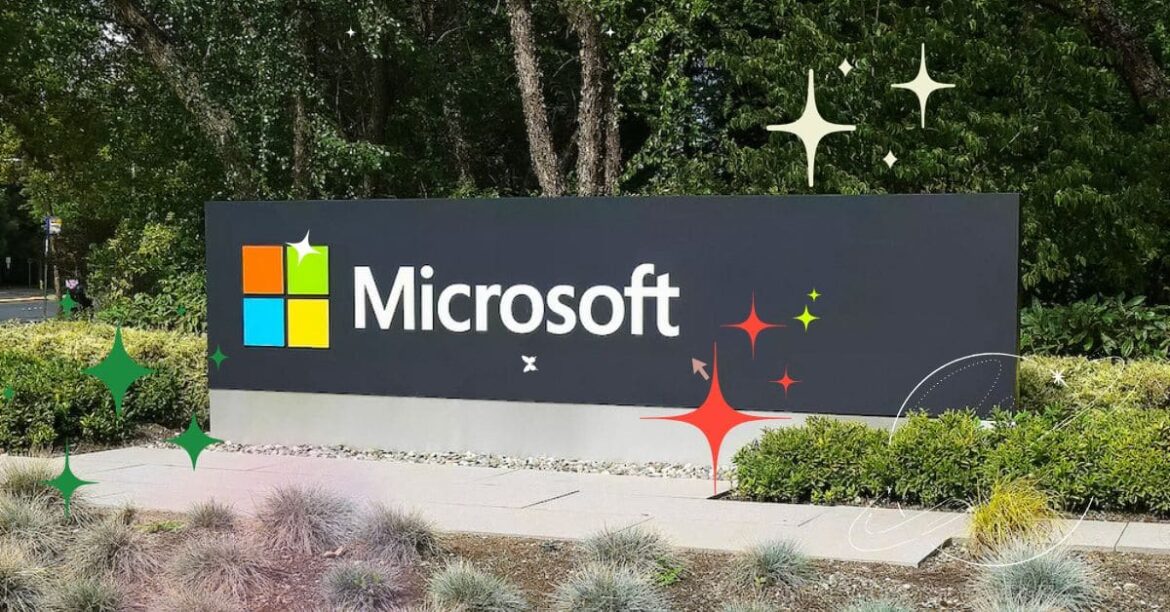Table of Contents
Microsoft’s security response team has released a substantial set of critical security updates for Windows to tackle significant security vulnerabilities in its flagship operating system and software components.
Key Takeaways on critical security updates for Windows:
- Massive software updates: Microsoft rolled out a significant batch of updates to address major security gaps in Windows and its software components, highlighting the company’s commitment to enhancing security measures.
- Critical vulnerabilities addressed: The updates targeted approximately 70 documented vulnerabilities, including six critical issues, ensuring that users are protected from dangerous code execution attacks and potential system compromise.
- Cross-platform security concerns: Alongside Microsoft’s updates, Adobe also released patches for critical flaws, emphasizing the importance of maintaining security across multiple platforms and products to mitigate potential risks and safeguard user data.
Microsoft’s Software Updates: Addressing Significant Security Vulnerabilities
Critical Vulnerabilities in Windows Ecosystem
The monthly Patch Tuesday updates from Redmond encompass a minimum of 70 known vulnerabilities that impact the Windows ecosystem. Among these, six critical issues expose users to potentially harmful code execution attacks. According to Microsoft, none of these vulnerabilities have been publicly discussed or exploited thus far.
Highly Critical Bugs in Windows Pragmatic General Multicast (PGM)
Windows network administrators are being strongly advised to prioritize addressing three highly critical bugs in Windows Pragmatic General Multicast (PGM), a protocol used for reliable packet delivery among multiple network members.
All three vulnerabilities associated with Windows Pragmatic General Multicast (PGM) carry a CVSS severity score of 9.8 out of 10. They can be leveraged by a remote, unauthenticated attacker to execute code on an affected system. The three high-severity bugs are identified as CVE-2023-29363, CVE-2023-32014, and CVE-2023-32015. Trend Micro’s ZDI, an organization closely monitoring vulnerability warnings, remarked, “This is the third consecutive month that PGM has addressed a CVSS 9.8 bug, and it’s starting to become a recurring pattern. Although not enabled by default, PGM is not an uncommon configuration. Let’s hope these bugs are resolved before any active exploitation occurs.”
Additional Security Concerns: Microsoft Exchange Server and Adobe Commerce
Security experts are also drawing attention to CVE-2023-32021, a remote code execution bug found in Microsoft Exchange Server. It enables attackers to bypass previously exploited issues. “While the attacker does need to possess an account on the Exchange server, successful exploitation could result in code execution with SYSTEM privileges,” explained ZDI.
The June patch batch from Microsoft also includes a fix for CVE-2023-3079, a type of confusion flaw present in Chrome (Chromium), which has already been exploited in malware attacks.
On the same day, Adobe released patches for critical flaws in multiple products, including a dozen issues that subject Adobe Commerce users to code execution attacks. Adobe has identified at least 12 security problems in the widely used Adobe Commerce (formerly Magento) product. It cautioned that successful exploitation could lead to arbitrary code execution, security feature bypass, and unauthorized file system read. Adobe’s critical-severity bulletin stated that the Magento Open Source product is also vulnerable to documented issues.
Adobe clarified that it has not received any reports of exploits in the wild targeting the addressed issues in this month’s updates.
Conclusion
In conclusion, Microsoft’s recent software updates have addressed significant security vulnerabilities in Windows and its software components, including critical issues exposing users to code execution attacks. The identification and prioritization of highly critical bugs in Windows Pragmatic General Multicast (PGM) highlight the importance of proactive network administration.
Additionally, attention is drawn to security concerns in Microsoft Exchange Server and Adobe Commerce, emphasizing the need for robust security measures across platforms. Collaborative efforts between Microsoft and Adobe aim to mitigate potential risks and safeguard user data.





